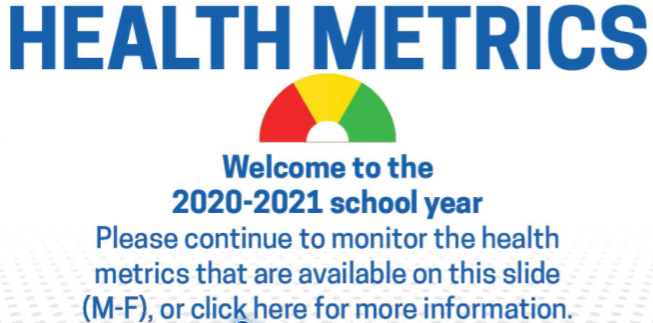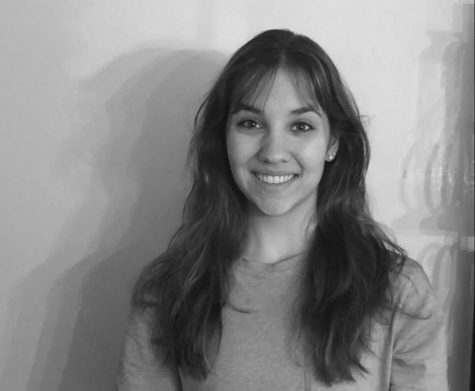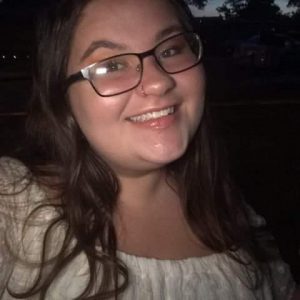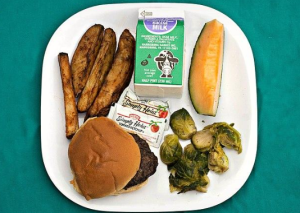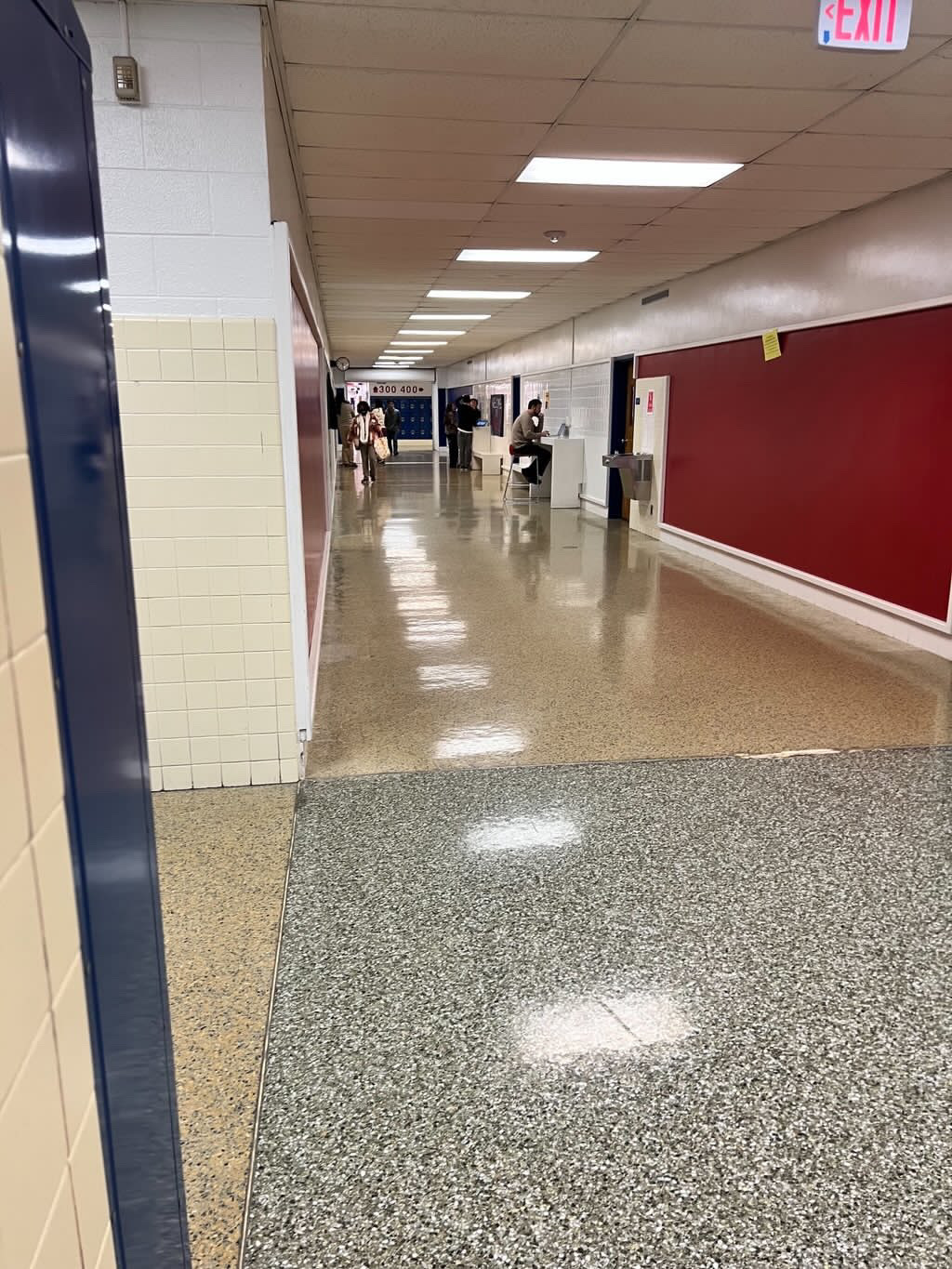COVID-19 Forces Changes in the School Curriculum
September 23, 2020
It is Tuesday morning on September 8, 2020, and thousands of alarms, usually paired with groans, go off across Virginia Beach. After approximately six months of quarantine, students and faculty are beginning to adjust to the early mornings. Instead of the typical morning routine to get ready to leave the house, students and faculty prepare to sit down at their computers or laptops. They are not greeted with singing birds and morning cicadas, but alternatively to the sound of typing. The morning bell is replaced with a “ding” sound effect, indicating that you are now in your class’s Zoom call.
On Friday, March 13, 2020, students and staff met for the last time. Virginia Beach City Public Schools (VBCPS) originally prepared for the following Monday to be a staff day. This was made so the staff could prepare virtual work in the case of school cancellations. On that same Friday, Governor Ralph Northam ordered all K-12 schools to close for a minimum of two weeks in response to the coronavirus. Not soon after that, on March 23, the city was given a different notification: schools would be out for the remainder of the year. With a wide range of sorrow and concern, students and staff got an unknowing glimpse of the 2020-2021 school year with assignments being posted to Schoology and occasional check-ins on Zoom.
According to the New York Times, at the start of the initial two-week school cancellation, there were 13 confirmed cases of the Coronavirus throughout the state of Virginia. As of September 16, there have been at least 135,514 cases since the start of the pandemic. More specifically in Virginia Beach, there have been a total of 6,305 cases.
In order to develop the Fall 2020 Plan, VBCPS worked with a committee of physicians specializing in pediatric wellness, adult health care, and the management of individuals with COVID-19 (Public health, illnesses, and emergency medicine). A smaller workgroup was tasked by the committee to analyze COVID metrics, review studies from Virginia and other states, and then develop essential measures for the opening of schools. The percentage of COVID-19 cases within the past seven days and the number of cases per week will be used as indicators in the following transmission levels:
- Green: mild, less than 5% positivity rate, and less than 10/100,000 cases per week (fewer than 26.5 cases per day)
- Yellow: mild-moderate, 5% to less than 10% positivity rate, and 10-100/100,000 cases per week (26.5-264 cases per day)
- Red: substantial, greater than 10%, and 100+/100,000 cases per week (265 or more per day)
Families were given two options for instruction in the 2020-2021 school year. Option 1 was face-to-face learning once health indicators deemed it to be safe. Virtual learning will be provided in case health indicators do not allow face-to-face. Option 2 was the Virtual Learning Center (VLC). With this option, students will receive their learning 100% online for at least one semester. Using the green, yellow, and red indicating model, the transition into face-to-face will vary.
On September 17, VBCPS sent out an email stating that students in designated special education groups will return to face-to face instruction. If health metrics remain in yellow/yellow or improve with staff requirements met, the following schedule will be used to phase into face-to-face instruction:
- September 29 – pre-K, kindergarten, grades 1 and 2
- October 6 – grades 3, 4, 5
- October 8 – grades 6 and 9
- To be determined – grades 7 and 8, 10 through 12
Starting Tuesday, September 22, high school schedules will revert to 7:20 a.m. – 2 p.m. because some students will be reporting to school buildings. Middle school schedules will remain the same. Mondays will serve as asynchronous learning and Tuesdays through Fridays will continue to be synchronous, instructional days. Elementary A school times are 8:20 – 2:50 and Elementary B school times are 9 a.m. – 3:30 p.m.



